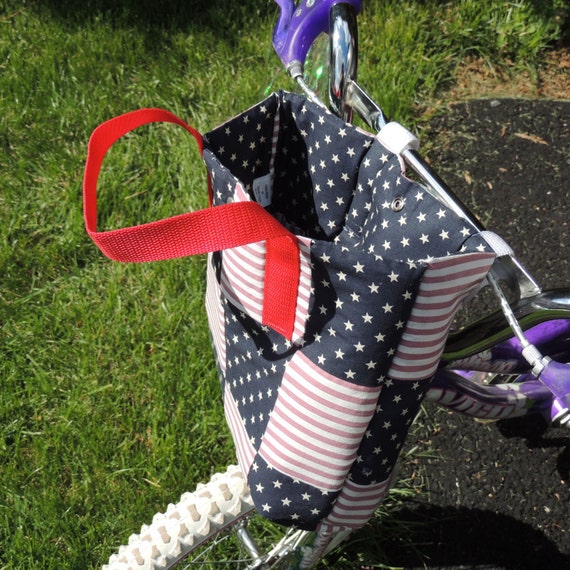Last night, I attended a baby shower for a friend
who happens to be an employee of a bike shop I frequent. Not surprisingly, other employees of that
shop—yes, including males—also attended.
The party was held in an American Legion auxiliary
hall. That, of course, is not
remarkable: Halls like that are used for
all sorts of purposes. One of my uncles
was the Commander of a Veterans of Foreign Wars chapter in my old Brooklyn
neighborhood; two of the earliest celebrations for my birthday that I can recall
were held in that VFW space. He and
another uncle of mine were also members of the now-all-but-defunct Maritime
Workers Union, which had its headquarters just a couple of blocks from the
South Brooklyn docks where those uncles worked.
The MWU’s headquarters—now the Al-Noor School, the largest Muslim
elementary school in the United States—hosted any number of birthday and
holiday parties as well as other events.
The baby shower I attended last night was the
first time in years, possibly decades, that I have gone to an event in a hall
like the ones I’ve just mentioned. There
was a time in my life when I could go to a neighborhood I’d never before seen,
inside or outside of NYC, and find the American Legion and UFW halls, no matter
how inconspicuous they were, without even trying. I’d also find a Maritime
Union headquarters, if one existed, and the halls and offices of any number of
other unions.
The hall in which the baby shower was held is one
of the more inconspicuous ones I’ve seen:
It’s located in a house on a residential street. Like other houses on that block, it’s pretty
shabby-looking on the outside. On the
inside, too, as I suspect most, if not all, of the other houses on that block
are. The signs on it are barely legible,
even in the late-afternoon daylight.
Those signs have faded, in part from decades of weather, but also, I’m
sure, from the smoke and soot that belch out of factories and workshops, and
cars entering and exiting the expressways that form two of the boundaries of
that neighborhood.
The other boundaries of that community include
industrial zones, cemeteries and streets that dead-end in a vast railyard or
truck yards. It’s the sort of place
that, if I could ride to it “as the crow flies” from my apartment, I would need
only a couple of minutes. But, because
the city’s grid pattern breaks down and I have to go around the yards I’ve
mentioned, it took me about fifteen minutes.
Other guests at the baby shower, some of whom had lived in Brooklyn,
Queens or Manhattan all of their lives, said they had difficulty in finding it.
 |
| The American Legion hall. |
So, that neighborhood is, in effect, an urban
island. Almost nobody ever goes there
unless he or she lives or works, or has friends or family members, there. Probably no tourist—not even one who’s gone
to PS 1 or any of the other Long Island City or Brooklyn venues located within
two kilometers of that block—has ever seen that block. And, I’m sure that few if any people who live
on that block, or the ones adjacent to it, cross the boundaries I’ve mentioned
frequently, if at all.
A visitor to the block might be surprised to see
that most of the people—at least the ones I saw congregating in front of, and
around, those houses—are Caucasian. Such
a visitor would probably be less surprised to see that the people there aren’t,
for the most part, young. Or, at least,
they do not have the youthful obliviousness one finds spilling in and out of
the bars and cafes along Kent Avenue in Williamsburg.
In brief, that neighborhood—like its American
Legion hall—is something that is surviving, if just barely, because of its
isolation: a community of (mostly
low-skill) blue-collar workers and their families, many of whom have never
lived anywhere else. It’s similar, in
many ways, to the neighborhood in which I grew up. I imagine that had my old community remained
as it was, it might have become more and more run-down as remaining residents
tried to hold on to it.
 |
| What the neighborhood doesn't look like. |
Years ago, I used to see many other such areas
while riding through Brooklyn and western Queens. Some of those areas have turned into the hipster
havens and the playgrounds of the fresh-faced I see today. Many current residents ride bicycles, if only
as an expression as their self-conscious hipness. But in those same neighborhoods thirty,
twenty or even fifteen years ago, one almost never saw an adult cyclist. In fact, those aging blue-collar workers and
their families very often didn’t use the subways or buses, even if they stopped
just steps away from their front doors.
It seems that no one in the neighborhood where I
attended the baby shower rides bicycles, either. I’d bet none of them would ride even if
Citibike installed a port right in front of the American Legion hall. I
include, among those people, a man who seemed to be a manager or caretaker of
the hall. He was helpful and polite, if
a bit reserved: He addressed me and the
other women as “ma’am” or “miss” and held the door for us. He didn’t seem to be surprised that so many
men attended the baby shower. Rather, he
expressed mild consternation that so many of us—men and women—showed up on bikes.



